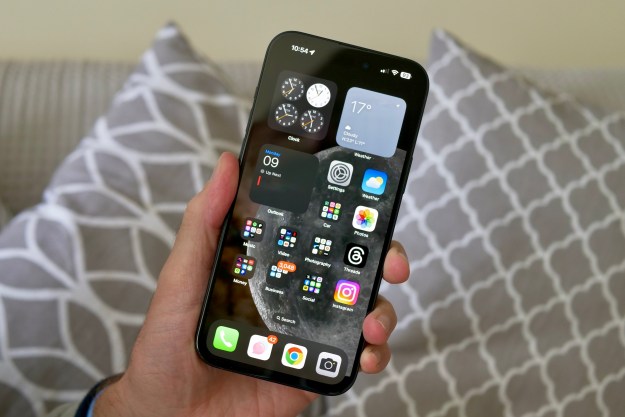If you’re experiencing longer than usual wait times for the delivery of your new iPhone 13, it’s safe to pin the blame on the massive supply chain constraints Apple continues to face in China. While it was already known that Apple had a tough time meeting its 2021 iPhone production goals, a new report by Nikkei-Asia reveals the true extent of the problem.
According to the report, for the first time in over a decade, Apple was forced to halt the production of iPhones at several of its contractor-operated plants in China in October 2021. Unfortunately for Apple, these measures were taken at just about the time the company usually ramps up production to cater to the spike in demand for iPhones in the November-December period.
A supply chain manager at one of the plants revealed that these manufacturing facilities usually move to a 24-hour production schedule in October, with workers getting extra shifts. This time around, however, workers were getting time off to coincide with the Chinese golden holiday season. He added that it made no sense for them to work overtime when chips and components were in short supply. The workers would also have had to been paid extra for the overtime hours they would have put in. He added that this has never happened in the past.
The report cites several reasons for the supply chain crisis, primarily unexpected power restrictions imposed by China following an energy crisis in September and October. While Apple did not face issues sourcing crucial components like processors and modems, it’s the availability of smaller components that have led to the current crisis. Some of the components that are in short supply include power management chips from Texas Instruments, transceivers from Nexperia, and connectivity chips from Broadcom. Many of these components are made in countries like Malaysia and Vietnam, which have also been affected by COVID-19 induced lockdowns.
These constraints led to Apple lowering its iPhone production projections for 2021. The company initially expected to make around 95 million iPhones in 2021, which has now been lowered to around 83 million to 85 million units. Apple has already indicated that the current supply chain crisis should taper soon, and production activity should be back to normal by the first quarter of 2022.
Editors' Recommendations
- 3 reasons why I’ll actually use Anker’s new iPhone power bank
- There’s a big problem with the iPhone’s Photos app
- This one thing could make iOS 18 the best iPhone update in years
- iPhone 16: news, rumored price, release date, and more
- This is our best look yet at the iPhone 16’s big design changes




